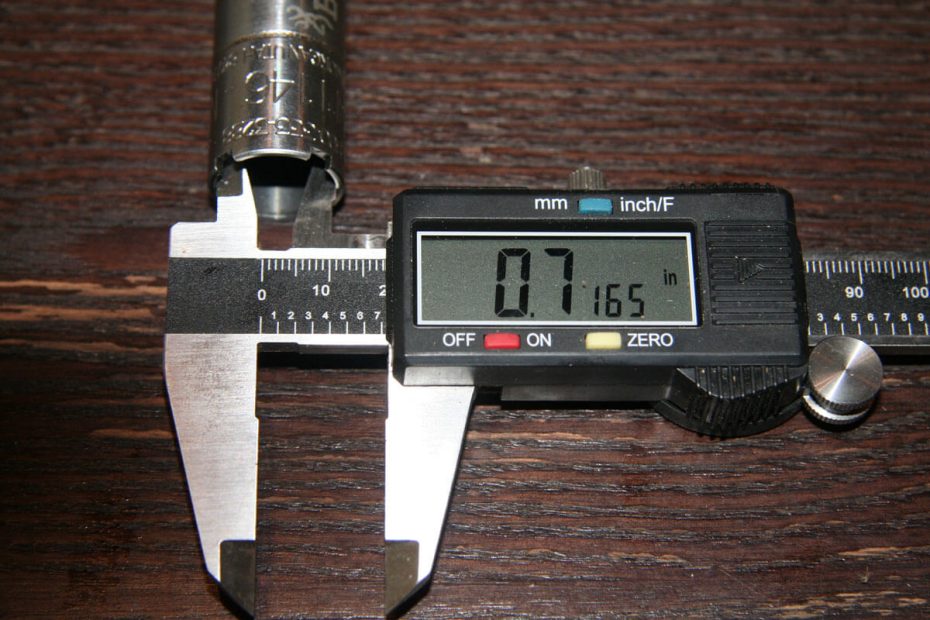It has been addressed in Hunt 365 by Jake Wallace, the practice of patterning a shotgun. This article provides some great advice for every shotgun enthusiast that wants to be a good competitive shooter. Yes, I said competitive to expressly highlight the fact those that only shoot for sport take way too much for granted when it comes to how their gun shoots.
First off, we need to understand the choke tube and the variety of universal standards. I say that to mean while a 12-gauge true bore diameter should measure out at .729 thousandths of an inch, the full choke should be a constriction of about .035 making the tube a .694 bore. So, moving forward we all assume all full chokes are the same. Well, that of course is not the case at all, and manufacturing quality will determine what you get.
Let’s look at this from a different perspective. Say your old Remington 870 pump was your go-to gun for so many years and you shot a modified choke (.707). Your memory serves that ducks piled up using this choke with #2 steel and a 3” cartridge. After years of wear and tear, you decide to upgrade to say a new Benelli Supernova and figure the same choke will produce the same results only to find out after several days in the marsh you couldn’t hit the side of a barn with a canoe paddle. What’s the deal you ask yourself as you skulk off to home wearing the proverbial hitless collar. Agree with this – no two guns are alike and the same holds generally true for chokes and how they relate to the barrel they are screwed into.
You can start to better understand the chokes you shoot by simply measuring them with a micrometer. You might be surprised at how much choke tubes differ. Consider ported chokes, ported barrels, length of the barrel, forcing cones, and load, and you might be all over the place in shooting patterns that might kill ducks and geese. We can agree steel shot has a tighter pattern than lead and for that reason, most never shoot a full choke with steel. Stepping down to a modified or modified light would be a normal progression that has to be tested through patterning. I offer this reasoning – across 15 different manufacturers, a 12-gauge modified choke can be anywhere from .701 to .715. Given this example, an Improved Modified choke (one step tighter) could measure out the same by one manufacturer as a Modified choke does by another. Even a light modified (one step more open) might meet that measurement as could an Improved Skeet (two steps more open). The general difference between each choke from skeet, improved skeet, improved cylinder, light modified, modified, improved modified, light full and full is only .005”. So having great variances means only a measurement with a micrometer will truly tell you if you are in the tolerances for a given choke.
Here are three images of three different modified choke tubes. In the first image, you see .7165, in image two you see .7270, and in image three you see .7025. Across these three chokes, we have a significant difference. In fact, choke I could be a light skeet, choke II could be a skeet, and choke III is indeed a modified. Here again, I find support for taking the time to confirm your choke both by measuring and by patterning.



Full chokes have the same possibilities, so whatever is stamped on the choke tube really means nothing until you get to the pattern board and confirm the pattern. One also will notice as the chokes get tighter the tolerances get tighter with fewer variations across those fifteen manufacturers.
I hope this helps you better understand what you are shooting and perhaps provides a way to avoid misses, cripples, and poor shooting this fall.
